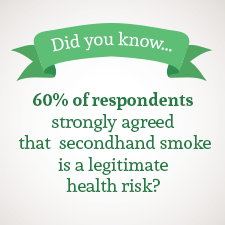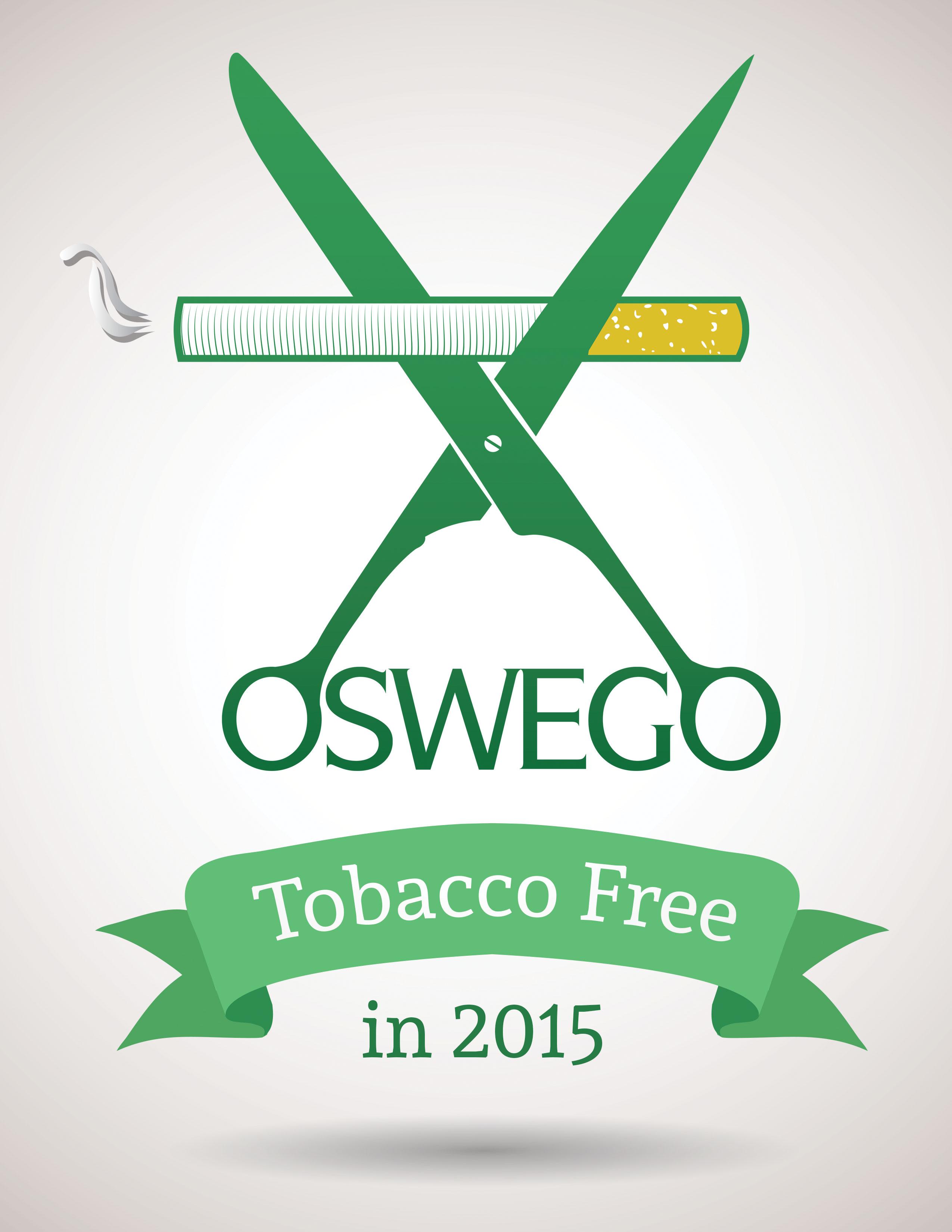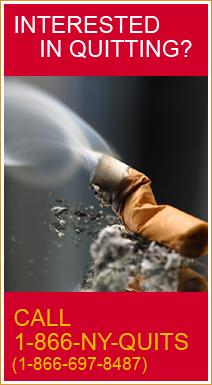FAQ
What percentage of SUNY Oswego students, faculty and staff smoke?
Although you may notice a number of smokers on campus, the fact is that most people do not smoke. A collegewide survey (2013) suggests that only 16 percent of students report using tobacco in the last 30 days and only 7.1 percent of faculty and staff use tobacco on a daily basis.
I am ready to quit; where can I go for help?
There are many resources to help you quit smoking. Check out the cessation resources page for places to start.
Why is SUNY Oswego going tobacco free?
It is important to encourage a clean, healthy working, living and learning enviornment for all of our students, faculty and staff. Here is the complete rationale.
Are e-cigarettes allowed?
The policy prohibits the use of any tobacco product or nicotine-delivery method while on college property. This includes a ban on e-cigarettes. Check out a position statement from Action to Quit.
What exactly is SUNY Oswego's policy on smoking, tobacco and e-cigarette use?
Here is the policy, which was effective starting on Jan.1, 2015.
Are there places on campus where I can use tobacco?
No. There is no tobacco use anywhere on college property, including in vehicles using college roads, lots or grounds.
Isn't tobacco use a personal right?
Tobacco products are legal for adults. The college is not asking anyone to quit. However, the State University of New York owns campus property, and can establish policies that protect the health of all campus citizens and visitors. The new policy supports the right of all people on campus to breathe smoke-free air and to be free of the waste products and hazards of smoking and other tobacco use. The simplest reason for this policy is respect for each other and our environment. Check out some interesting facts that helped shape the decision to go tobacco-free.
How is this policy enforced?
The tobacco-free, smoke-free policy is about communication, cooperation and education on issues surrounding tobacco use, encouragement of cessation, mutual respect and resetting the bar on social norms involving tobacco use on campus ... and not about what kind of stick the college can wield. Yet the policy deals with that, especially for repeat offenders.
Can you share a brief timeline of the process leading to a tobacco-free policy?
2011: The campuswide Clean Air Steering Committee was formed, consisting of representatives among faculty, staff and students; unions, including CSEA, UUP, PEF and PBANYS; Health Services, Lifestyles, Residence Life and Housing, Dining Services, Facilities Maintenance and Operations and Public Affairs, among others. Drafting a rationale, early prototype for a website.
2011-12: Extensive research, including a survey of college citizens, determining cessation resources currently available, the literature on tobacco use and health, talks with representatives about their smoke- or tobacco-free policies; the state of SUNY, particulary a Board of Trustees resolution expressing support for and enactment of state legislsation for a Tobacco Free SUNY.
2013: Focus groups conducted by Student Affairs administrators; drafting a policy; presentation to President's Council; development of tobacco-free campaign plans, including logo, website, preliminary ideas about tobacco-free education and promotional events; amendment of existing "20-foot rule" to the current "25-foot rule."
2014: Development of the campaign intensifies, with specific education, marketing and communication plans; presentation of the plans and the website to President's Council.
April 22, 2014: Earth Day: SUNY Oswego announces upcoming smoke-free/tobacco-free policy.
Jan. 1, 2015: SUNY Oswego's tobacco, smoke and e-cigarette free policy goes into effect.





